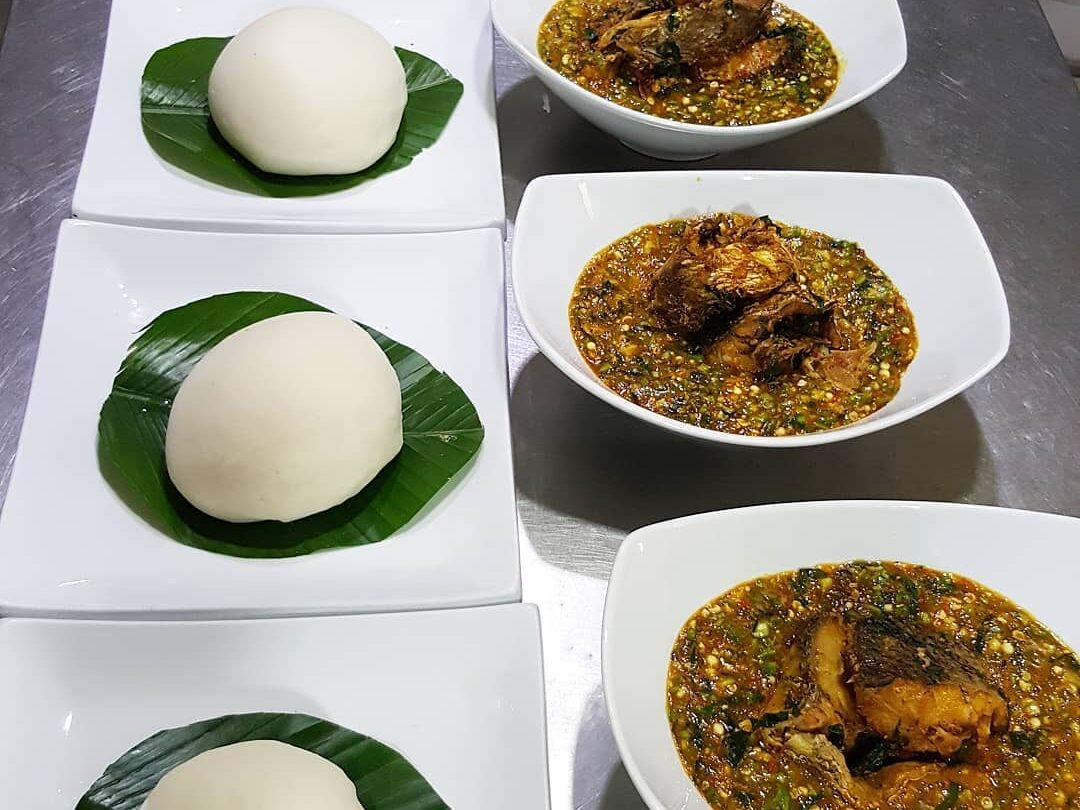Nigeria, often celebrated for its cultural richness and diversity, boasts an array of delicacies that reflect the unique heritage of its numerous ethnic groups. Among these culinary treasures, pounded yam stands out as a beloved dish, transcending regional boundaries and symbolizing the potential for unity in diversity. This article explores the significance of pounded yam in Nigerian cuisine, its similarities to other traditional foods across the nation, and how such culinary connections foster national unity and contribute to nation-building.
Pounded Yam: A Staple with Deep Roots
Pounded yam is a traditional dish made from yam tubers, which are boiled and then pounded into a smooth, stretchy dough. It is typically served with a variety of rich, flavorful soups, such as egusi, efo riro, ogbono, and okra. The Yoruba people, who live in Lagos, in southwest Nigeria, are especially fond of this meal. It was in Lagos that Dr. Victor Oladokun wrote about his visit to the House of Pounded Yam. Tribes familiar with this meal include the Igala in central Nigeria, the Tiv in Benue State, and the Ebira people in Kogi State. Each of these groups has its own unique way of preparing and serving pounded yam, yet the dish remains a common thread that binds them together.

Nigeria’s culinary landscape is as diverse as its people, yet there are striking similarities that underscore a shared cultural heritage. These similarities include:
1. Staple Ingredients: Across Nigeria, staple ingredients such as yams, cassava, rice, and maize are used in various forms. For instance, while the Yoruba and other ethnic groups enjoy pounded yam, the Igbo in the southeast savor fufu, which is similar but made from fermented cassava.
2. Soup Culture: Soups are an integral part of Nigerian cuisine, regardless of the region. Whether it is the groundnut soup of the Hausa-Fulani in the north, the banga soup of the Urhobo in the south-south, or the aforementioned egusi and okra soups, these dishes all feature rich, thick broths with a variety of proteins and vegetables.
3. Spices and Seasonings: Nigerian foods are known for their bold flavors, achieved through the use of local spices and seasonings such as pepper, crayfish, iru (locust beans), and ogiri. These ingredients create a distinctive taste that is appreciated nationwide.
4. Celebratory Foods: Many Nigerian dishes are associated with celebrations and communal gatherings. Jollof rice, for example, is a pan-Nigerian favorite at parties and festive events, much like pounded yam is a staple at traditional ceremonies across different ethnic groups.
Conclusion
Pounded yam, a beloved Nigerian delicacy, exemplifies the rich culinary traditions that bind the nation’s diverse ethnic groups. By recognizing and celebrating the similarities in Nigerian foods, the country can promote unity and foster a sense of shared identity. Embracing culinary diversity as a tool for nation-building offers a unique and delicious path to a more cohesive and prosperous Nigeria.
